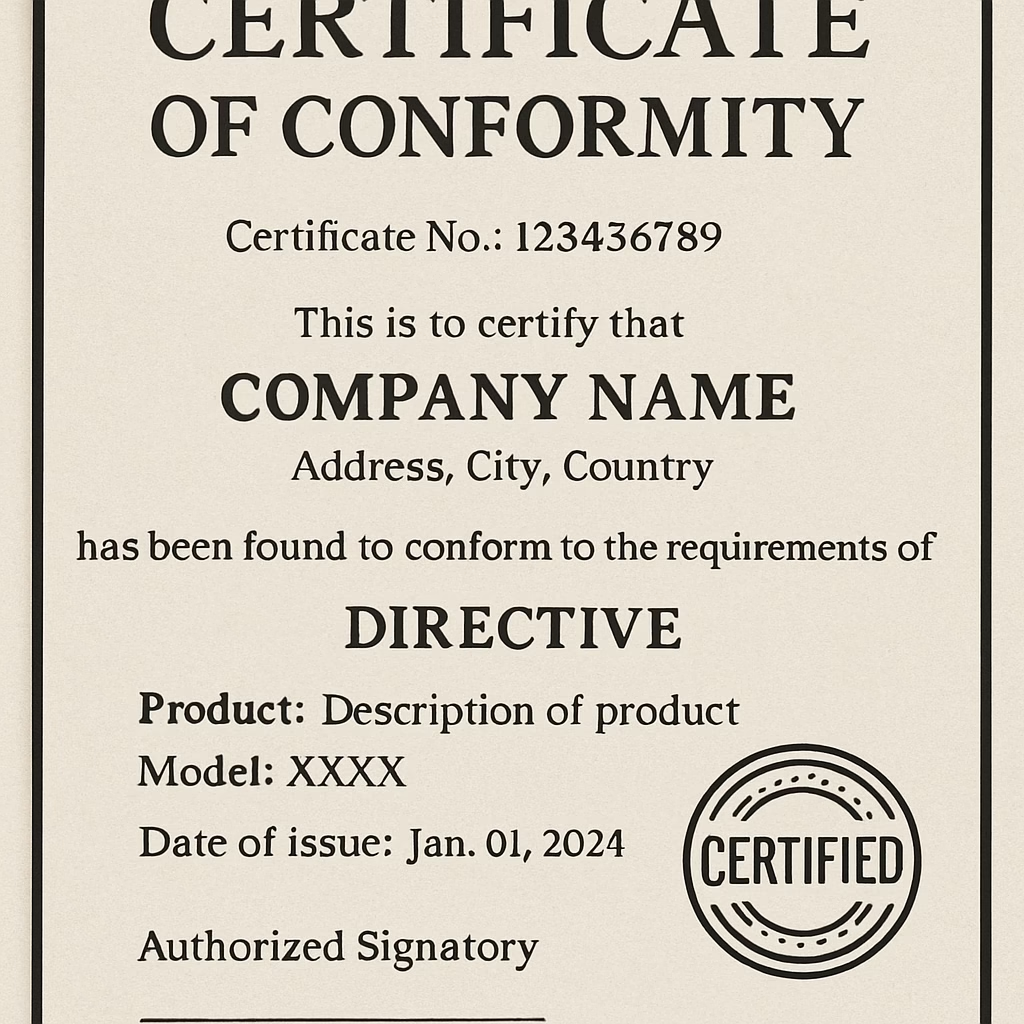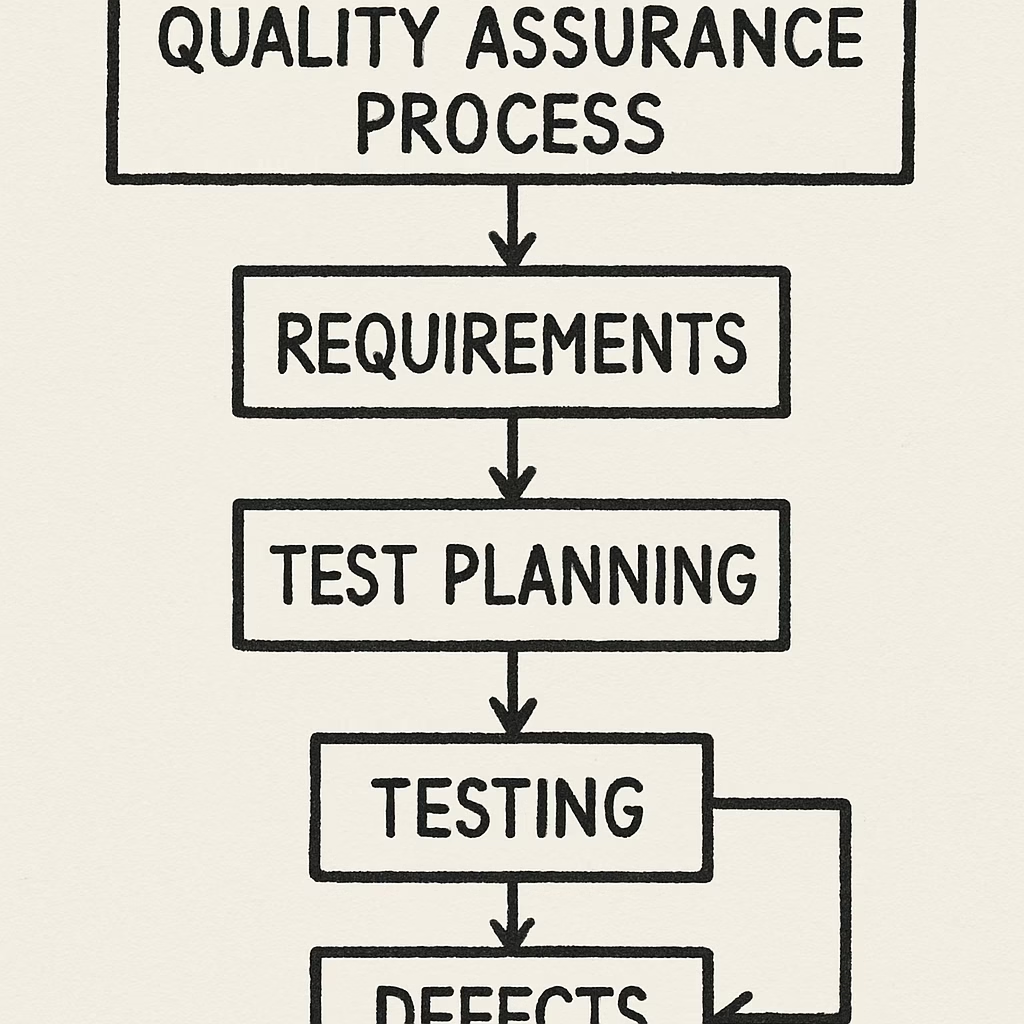In today’s global market, ensuring product quality and compliance with regulations is more crucial than ever. A Certificate of Conformity (CoC) plays a significant role in this process, serving as a testament to the safety, quality, and regulatory compliance of a product. But what exactly is a Certificate of Conformity, and why is it so important? Let’s delve into this topic and explore its implications for businesses and consumers alike.
A Certificate of Conformity is a document issued by an authorized body, confirming that a product meets the required standards and regulations. This certificate is often mandatory for certain products before they can be sold or distributed in specific markets. It ensures that the product adheres to safety, environmental, and quality standards set by regulatory authorities.

The Role of Quality Assurance
Quality assurance is a critical component of any manufacturing process. It involves systematic measures to ensure that products meet specified requirements for quality. A Certificate of Conformity is an integral part of quality assurance, as it provides documented evidence that the necessary quality checks have been performed and the product iscompliant.
How Quality Assurance Works
Quality assurance involves various processes, including testing, inspection, and certification. These processes help identify any defects or non-conformities in a product, allowing manufacturers to address them before the product reaches consumers. This not only enhances product quality but also boosts consumer confidence.

Regulatory Compliance and Its Importance
Regulatory compliance refers to adhering to laws, regulations, guidelines, and specifications relevant to a business or product. Non-compliance can result in legal penalties, fines, and damage to a company’s reputation. Therefore, achieving regulatory compliance is crucial for businesses operating in regulated industries.
The Connection Between CoC and Regulatory Compliance
A Certificate of Conformity is a key element in achieving regulatory compliance. It serves as proof that a product meets all relevant regulations and standards. This is especially important in industries such as electronics, automotive, and pharmaceuticals, where regulatory requirements are stringent.
Consequences of Non-Compliance
Failing to comply with regulatory requirements can have severe consequences. It can lead to product recalls, legal issues, and financial losses. Moreover, it can tarnish a company’s reputation and erode consumer trust. Therefore, obtaining a Certificate of Conformity is not just a regulatory requirement but a strategic business decision.
Benefits of a Certificate of Conformity
Having a Certificate of Conformity offers several benefits for both manufacturers and consumers. Let’s explore some of these benefits:
Enhanced Market Access
A CoC facilitates market access by ensuring that products comply with the regulations of the target market. This is particularly important for businesses looking to expand internationally, as different countries have varying regulatory requirements.
Increased Consumer Confidence
Consumers today are more informed and concerned about the quality and safety of the products they purchase. A Certificate of Conformity reassures consumers that the product has undergone rigorous testing and meets the required standards.
Competitive Advantage
In a competitive market, a CoC can serve as a differentiator. It demonstrates a company’s commitment to quality and compliance, giving it an edge over competitors who do not possess such certification.

by Ivan Rohovchenko (https://unsplash.com/@ivrn)
Obtaining a Certificate of Conformity
The process of obtaining a Certificate of Conformity involves several steps. Here’s a simplified overview of the process:
Step 1: Identify Applicable Standards and Regulations
The first step is to identify the relevant standards and regulations that apply to the product. This may vary depending on the product type and the market in which it will be sold.
Step 2: Conduct Testing and Inspection
Once the applicable standards are identified, the product must undergo testing and inspection to ensure compliance. This is typically carried out by accredited laboratories or testing bodies.
Step 3: Certification
If the product meets the required standards, the testing body will issue a Certificate of Conformity. This certificate should be kept on record and provided to regulatory authorities when necessary.
Challenges in Certification
While obtaining a Certificate of Conformity is essential, it is not without its challenges. Some common challenges include:
Complexity of Regulations
Navigating the complex web of regulations and standards can be daunting for businesses, especially those operating in multiple markets. It requires a thorough understanding of the regulatory landscape and meticulous planning.
Cost and Time
The certification process can be time-consuming and costly, particularly for small businesses. However, the long-term benefits of compliance and market access often outweigh the initial investment.
Conclusion
A Certificate of Conformity is more than just a piece of paper; it is a vital document that ensures product quality, safety, and regulatory compliance. For businesses, it opens doors to new markets, enhances consumer trust, and provides a competitive edge. For consumers, it offers peace of mind, knowing that the products they purchase meet the required standards. In a world where quality and compliance are paramount, a Certificate of Conformity is an indispensable tool for success.